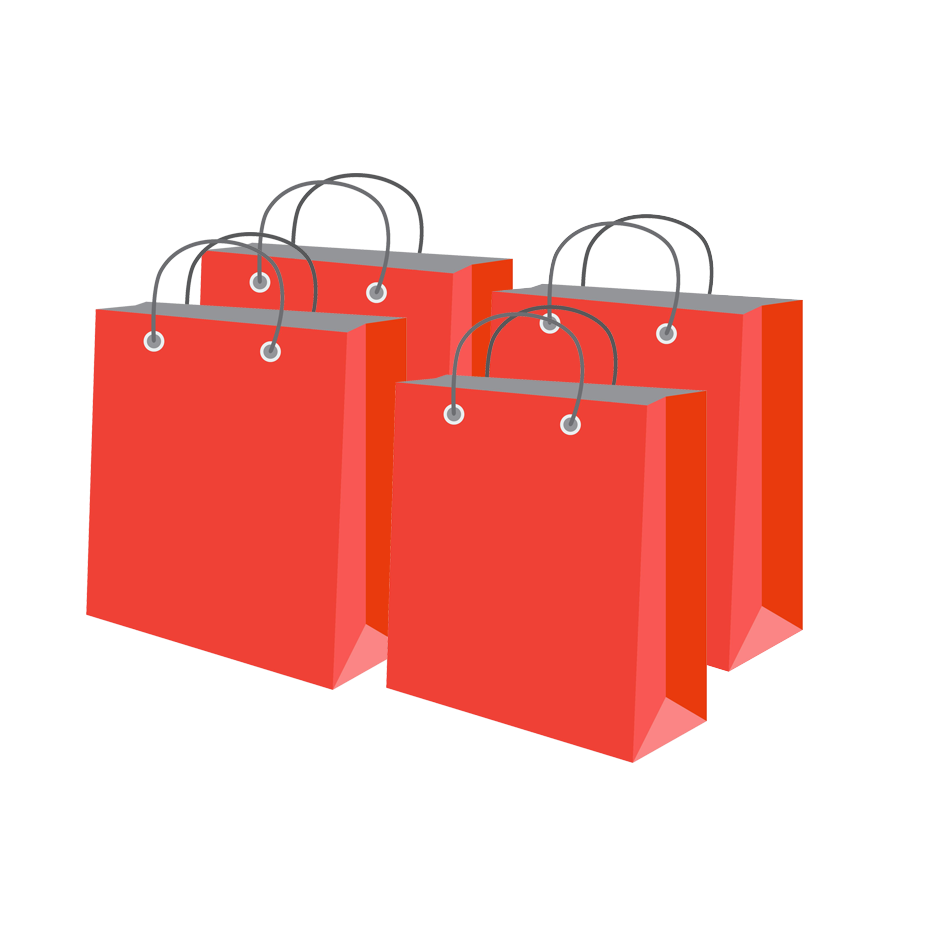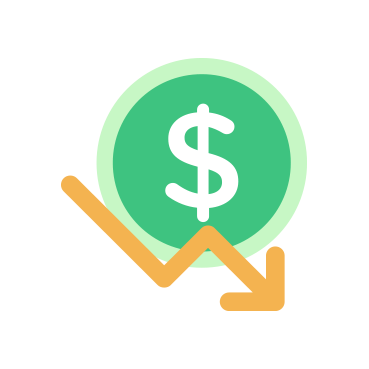

Cashless payment systems are like pre-paid cards where the user must purchase an amount of digital credit or load for them to use as payment for transactions. RFID enabled devices such as cards, lanyards or wristbands are examples of devices used for cashless payments. The RFID devices serve as the user's unique account to pay for food, drinks and merchandises at an event or venue without the direct use of cash or credit cards at the vendor's location. Cashless payments reduce the amount of time for transactions; prevents misplaced or misused cash or money and allows the user to track every transaction made.
Review all costs made by the company or facility. From foods to supplies and the exact time of transactions.
No need for counting money or making sure that the change is right. You can use your time for other tasks.
Discounts, refunds and other transactions can only be processed with the authority from the management.
Discounts and freebies may be awarded for card holders hence attracting more customers.
Cashless payments are more useful and time efficient so staff and customers won't have to wait long periods of time for their transaction to be processed.
Everything is much easier with the use of one plastic card for a variety of facility based uses, such Access Control, Car Park Entry, Photocopying Control and Cashless Catering and Vending.
Loyalty programs encourage shoppers to return to stores where they frequently make purchases. Some of the incentives may include advanced access to new products, additional discounts or sometimes-free merchandise. Customers typically register their personal information with the company and are given a unique identifier, such as a numerical ID or membership card, and use that identifier when making a purchase.

Loyalty programs are a marketable benefit you can use to attract new customers. The marketplace has become saturated with deals and coupons, and customers are increasingly looking for incentives. A loyalty program offers incentives to customers for buying goods they need anyway. With an effective loyalty or rewards program, you can attract new customers interested in deals.

Loyalty programs may induce customers to buy higher-priced products or in greater volume than they otherwise would. The idea is that they get rewards for spending more money, so a customer considering two products at different price points may purchase the higher-end solution because he saves a few bucks or earns points toward a future purchase. In essence, the rewards project an image of better value for larger buys.

Customers also may buy in greater volume over time with a loyalty program. As customers buy, they accrue more points or rewards. When a customer has rewards to use, she has to visit your store or website to make use of them. This may entice a buyer to purchase an item the buyer wouldn't buy without the rewards. Rewards will also make customers consider buying a lot more.

A well-run loyalty program also offers more efficient marketing costs in some cases. Retaining customers is typically much less expensive than spending advertising dollars to attract new ones. A loyalty program offers incentives for customers to stick around and remain loyal. Any investments in advertising can be focused on attracting new customers, subsequently leading to opportunities to develop relationships with even more customers.